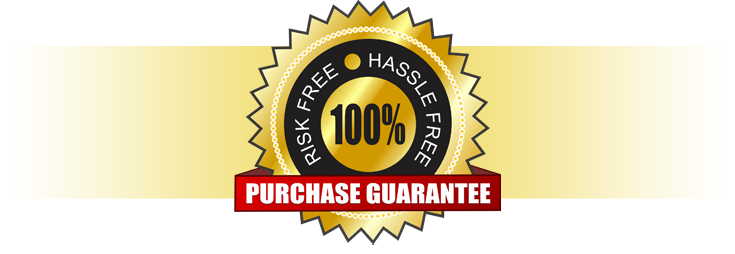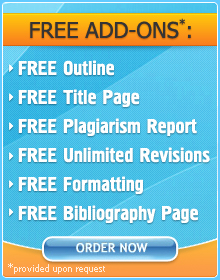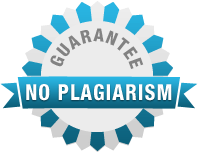1. Describe the culture (artifacts, espoused beliefs and values, and shared basic assumptions) at this state agency the best you can from the brief description here. How would you classify it based on the typologies (Cartwright & Cooper found in Deetz et al page 19) given in the first unit?
2. Describe in contrast the envisioned culture (which can be determined from the preliminary vision and espoused values mentioned in the case study). How would it differ in terms of authority relations, site of responsibility, and feelings toward tasks? (How would you classify it based on Cartwright & Cooper’s typology?)
3. Describe the assumptions about people and work built into both cultures. Do you perceive any gaps between the espoused values and assumptions and the implicit ones driving decisions in either the present or envisioned culture?
4. Reconstruct the view of the change process from the point of view of the state, the upper managers, and then most of the members on the task forces. In what ways are these similar and different?
5. What are the leading sources of resistance to this change process?
6. How well designed do you consider the change process to be? Where is it strong? Where is it weak?
7. How would you cast the vision that appears to be present? Do you think that it was clear and compelling to members? Could it have been made so?
8. Based on the information here, how congruent would you say the cultural change is with the other practices in the organization?
9. Do you think that the Design Task Force (the leading coalition for change) was well chosen? What would you have considered in addition to what the management there did?
10. Much was made in the case about sensemaking. Unit 4 developed this as a problem of aligning interpretive frames. Where were events and expectations given different interpretations?
11. Framing seemed to be a constant problem in this organization. What framing options would you consider to better manage meaning through this change?
12. What do you make of the conflict on the metaphor for communication? Was this a trivial issue? What difference would the metaphor make?
13. At least on the surface upper management seemed committed to empowerment and widespread participation, yet this did not seem to generate either commitment or good ideas. Based on the information given here, why do you think that happened?
14. The meetings often seemed like a waste of time. Do you see evidence of “discussions” or “dialogues?” What would have been different if the mix of these two was different?
15. Make a recommendation to the management of this agency. How should the change effort be handled from this point forward?
16. This is a major transition for a state agency. Do you think that cultural issues were adequately considered? When they were considered, were genuine differences recognized and appreciated?
17. Questions of ethics never arose in the various discussions recorded here. Do you think there were important ethical questions that weren’t addressed? Which and where?
[meteor_slideshow slideshow="slide3"]
Are you looking for a similar paper or any other quality academic essay? Then look no further. Our research paper writing service is what you require. Our team of experienced writers is on standby to deliver to you an original paper as per your specified instructions with zero plagiarism guaranteed. This is the perfect way you can prepare your own unique academic paper and score the grades you deserve.
[meteor_slideshow slideshow="slide2"]Use the order calculator below and get ordering with idealtermpapers.com now! Contact our live support team for any assistance or inquiry.
[order_calculator]






 info@idealtermpapers.com
info@idealtermpapers.com






